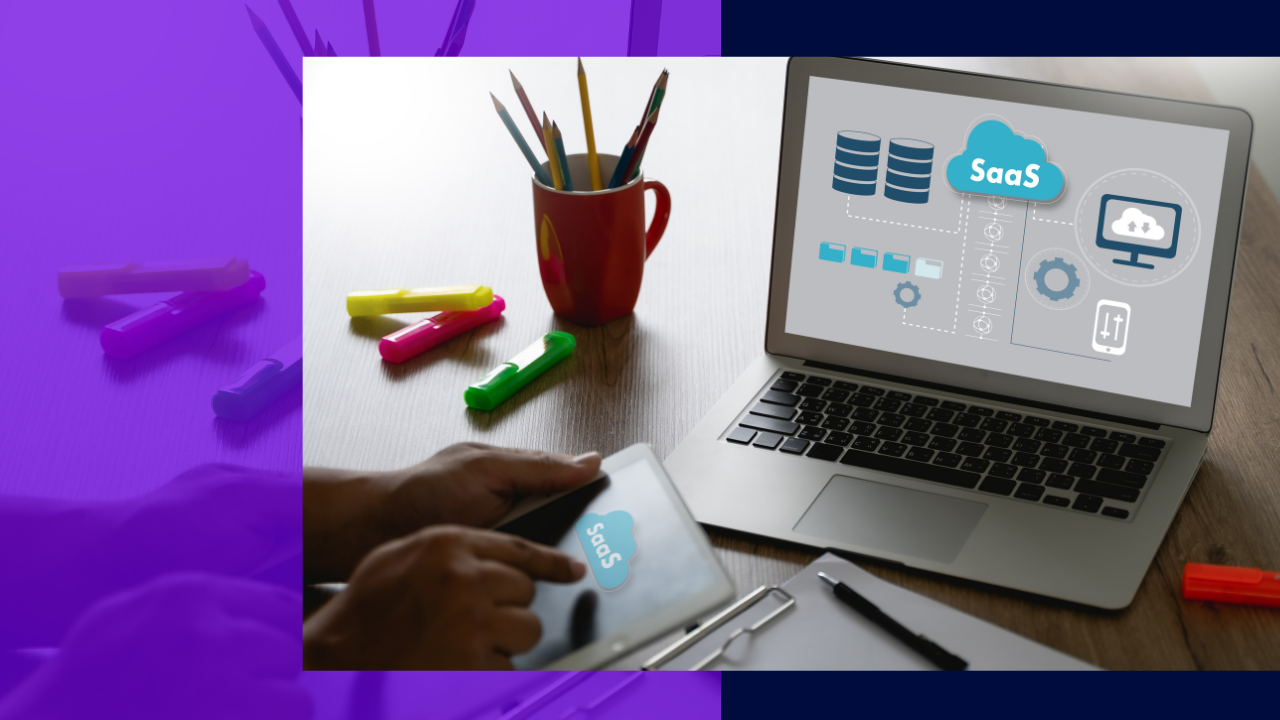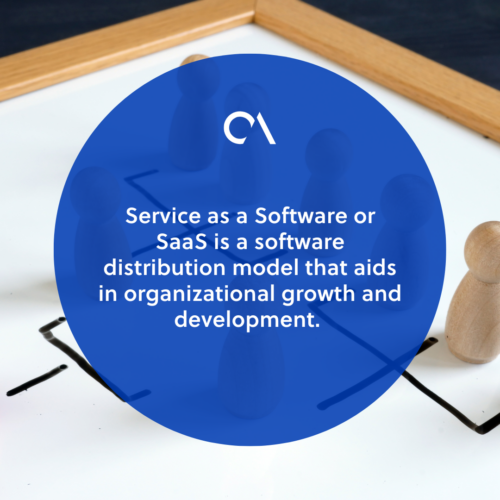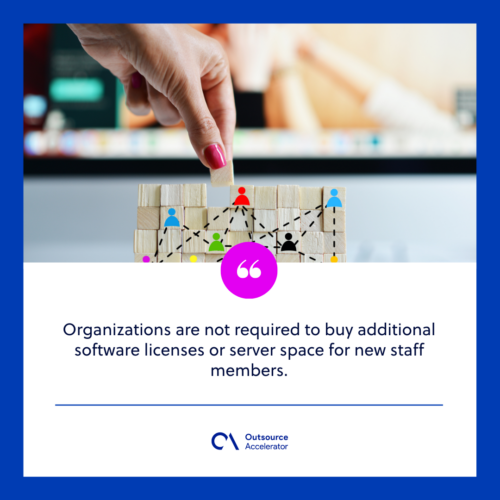SaaS: Advantages and disadvantages of cloud-based software

We live in a world where technological innovations are continuously evolving. Thanks to advancements and breakthroughs, nearly everything is possible. It is especially true with the internet.
With the right technologies, organizations can compete in the cutthroat environment of the global market industry. Business leaders constantly seek better ways to build up and offer more value to their customers.
The introduction of Service as a Software (SaaS) enabled organizations of all types and sizes from different industries to perform their daily operations smoothly and efficiently.
Fundamentals of Service as a Software (SaaS)
Service as a Software or SaaS is a type of cloud computing service. It is a software distribution model that aids in organizational growth and development.
SaaS is basically when a service provider supplies applications for companies that are accessible through the internet. Rather than downloading software for each desktop, any SaaS application grants access to an employee anytime and anywhere.
What’s more, SaaS software applications range from office software to unified communications. And since more and more businesses nowadays are embracing cloud computing, a growing number of companies have also been implementing SaaS into their business models.

SaaS vendors are the ones responsible for installing, maintaining, as well as updating the software. This allows employees and business leaders to focus on more important things within the company.
There are also other forms of cloud computing services aside from SaaS such as Platform as a Service (PaaS) and Infrastructure as a Service (IaaS).
While some companies can establish their own SaaS technology, others opt for a third-party provider to help them in the security, integration and customization of the cloud software.
Key advantages of SaaS
Here’s an outline of advantages that SaaS brings to different organizations:
Cost-efficiency
Cost reduction is one of the absolute advantages in making use of software as a service for businesses. The payment for SaaS is commonly through a monthly subscription. A more sustainable solution compared to buying and installing software and its IT infrastructure.
Saigon Technology, for example, offers SaaS services that can help firms innovate their businesses. Many clients from this firm have also benefited from the various SaaS products they offer for an affordable price.
Accessibility
In utilizing SaaS, all end-users need is a stable internet connection and a device to access the cloud-hosted software. What’s more is that it is easily available to anyone within the company any time on any remote desktop, tablet, or smartphone.
Resiliency
SaaS is highly resilient. Service providers can resolve any damage or issues that may arise at any time of the day. More so, businesses don’t have to worry about all data stored within the software as it is also safely backed up in the cloud.
Easy upgrade
Some companies may not have enough budget or IT specialists to maintain their hardware and software. As a result, their software is more prone to external threats. With SaaS applications, service providers are also responsible for upgrades as they are included in the subscription.
Highly scalable
Organizations are not required to buy additional software licenses or server space for new staff members. Instead, all they need to do is upgrade their existing plan for the SaaS application to accommodate more users.

Downsides of utilizing Service as a Software (SaaS)
Although SaaS offers significant advantages to the end-users, it is also essential for companies to be aware of its disadvantages:
Stability
SaaS needs a strong internet connection for usage. Network problems and slow internet speed leads to delays and reduced productivity.
Data security
Perhaps the ultimate disadvantage of SaaS is its lack of transparency and security. It is one of the main concerns of some companies that are hesitant to avail of this service. This is why companies need to address security measures for sensitive data and access management to providers before signing a contract.
Control
Loss of control is a huge drawback for any business. SaaS vendors are responsible for managing everything in the software application. This makes businesses dependent on their SaaS providers.
3 leading Service as a Software (SaaS) examples
There are tons of examples of SaaS applications. Email and messaging apps are among the most popular tools that businesses use these days.
Additionally, they use these SaaS applications to streamline their business operations:
Dropbox
This software application allows users to drag and drop files from their desktops to a browser window and upload them into their Dropbox. It supports Mac, Linux and Windows operating systems. Dropbox is also accessible through mobile devices.
Google G Suite
Any organization can take advantage of the different cloud computing, productivity, and collaboration tools from Google. These powerful G Suite tools include shareable spreadsheets, presentation decks, and word processing for easier collaboration.
Salesforce
Salesforce is a form of CRM solution that helps businesses connect with their customers. It gives everyone within a company a shared view of each customer.
Some say SaaS technology is moving towards a more mobile-friendly trajectory. Others foresee that AI will eventually dominate the SaaS market industry, specifically in the logistics, retail, and transport sectors. Whichever the case is, SaaS will continuously evolve together with innovations in technology.







 Independent
Independent




